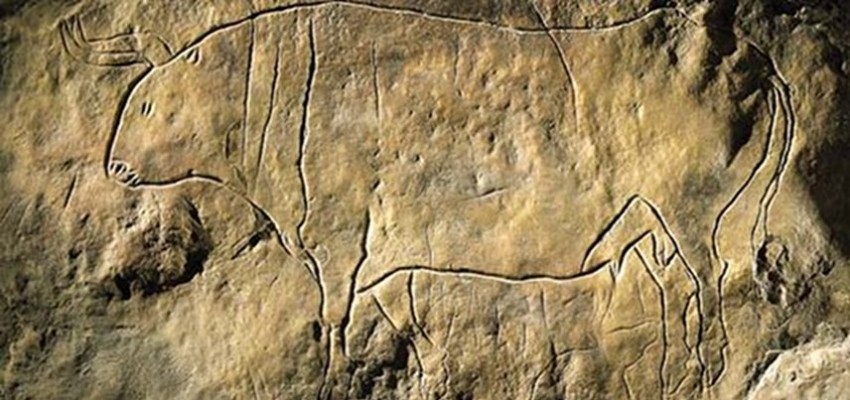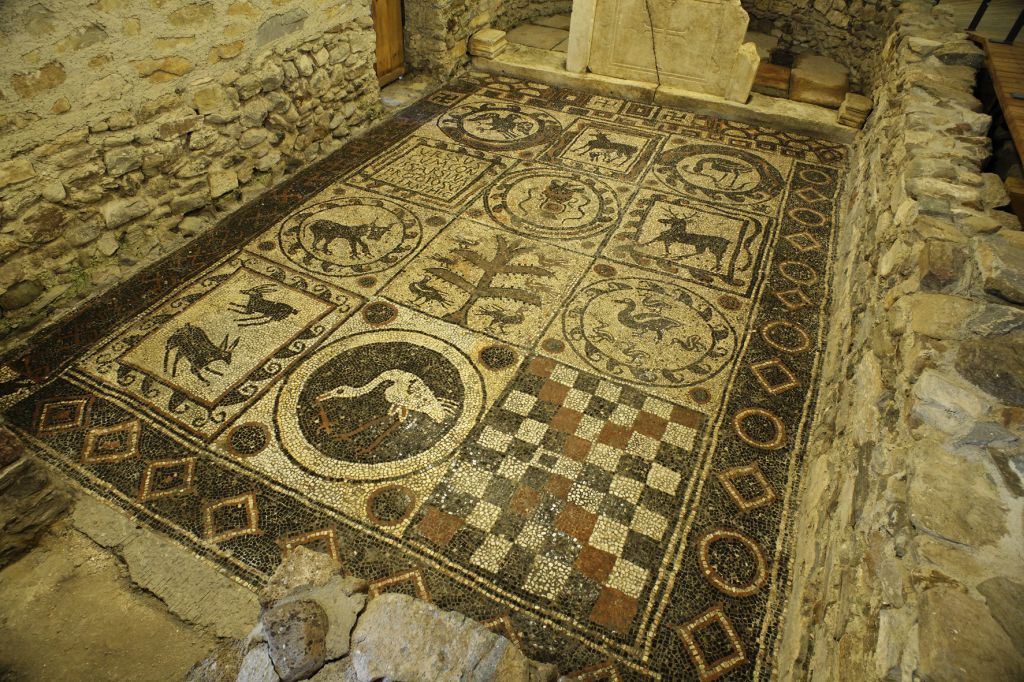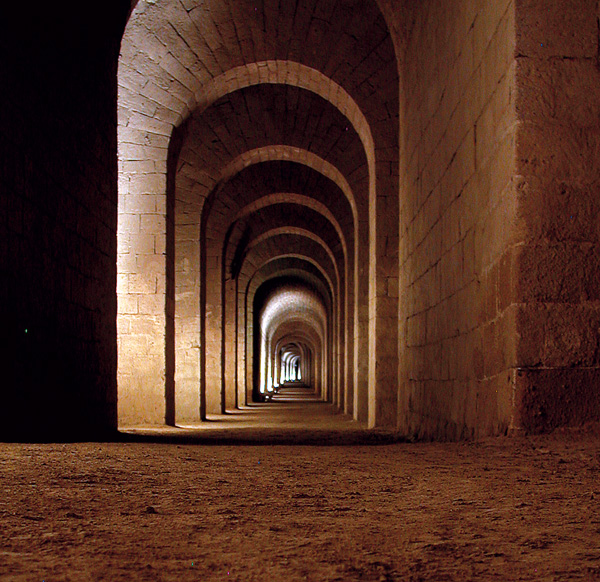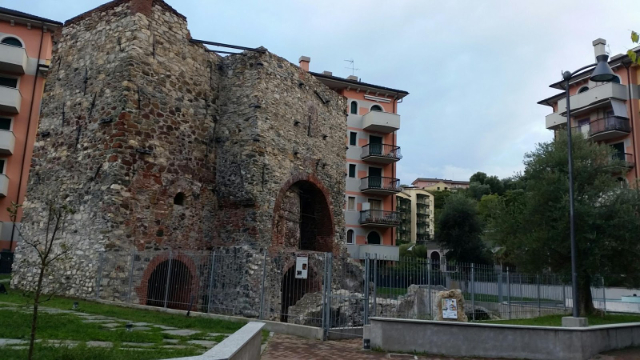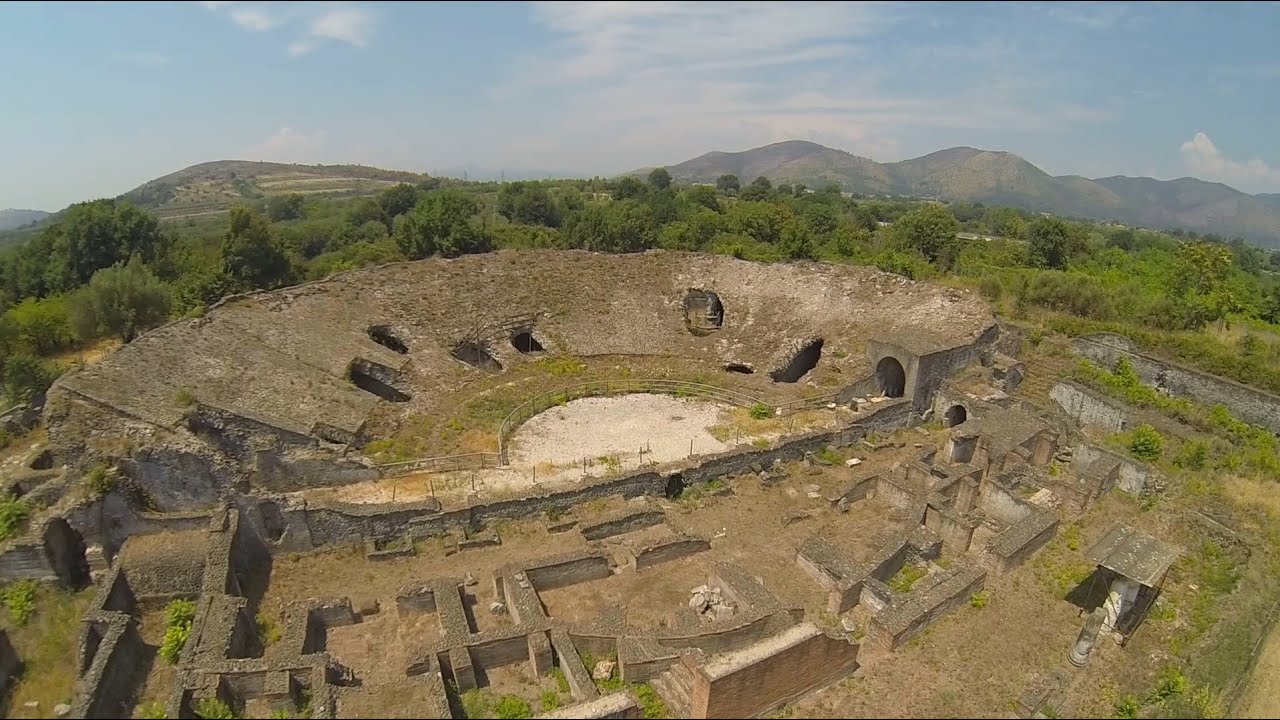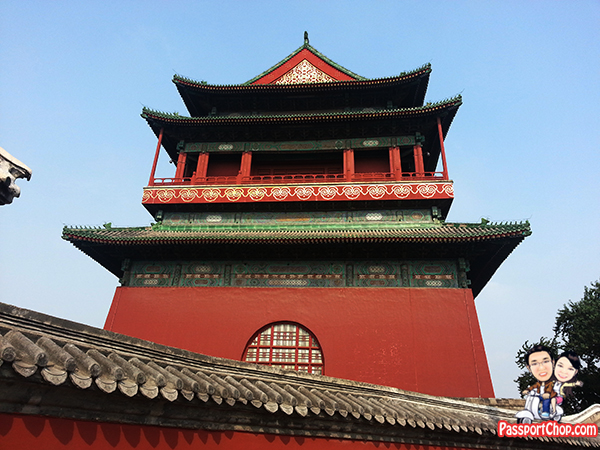Romito Cave was discovered in 1961. It is formed by the external shelter which is dominated by the presence of a large engraved rock on which stands out the imposing figure of auroch (Bos Primigenius) dating back 14000-12000 years ago and the actual cave. The consistency and continuity of the stratigraphic series and the relevance of the finds make the Cave and the Romito Shelter one of the guiding deposits for the knowledge of the prehistoric cultures of southern Italy in the last part of the Palaeolithic period.
Its fame in Europe is mainly linked to the funerary testimonies and artistic manifestations. The burial burials are important documents to reconstruct the practices and ideology of the funeral rite; rare are the sites in caves in Italy and in Europe that can boast such consistent Paleolithic funerary documentation. Among the artistic manifestations, the superb figure of the bull, already enhanced by Paolo Graziosi’s studies in his international publications on the art of the Stone Age, is considered one of the figurative masterpieces of the Paleolithic age. Near the cave there is an Antiquarium with a reception point for visitors and a guided tour service.
